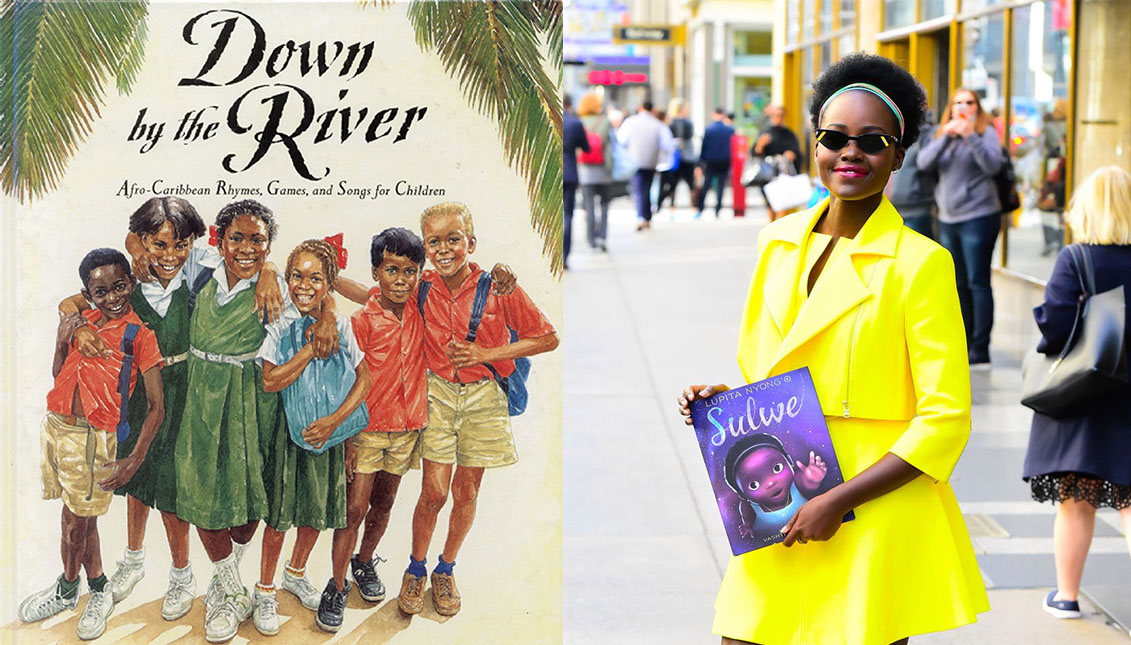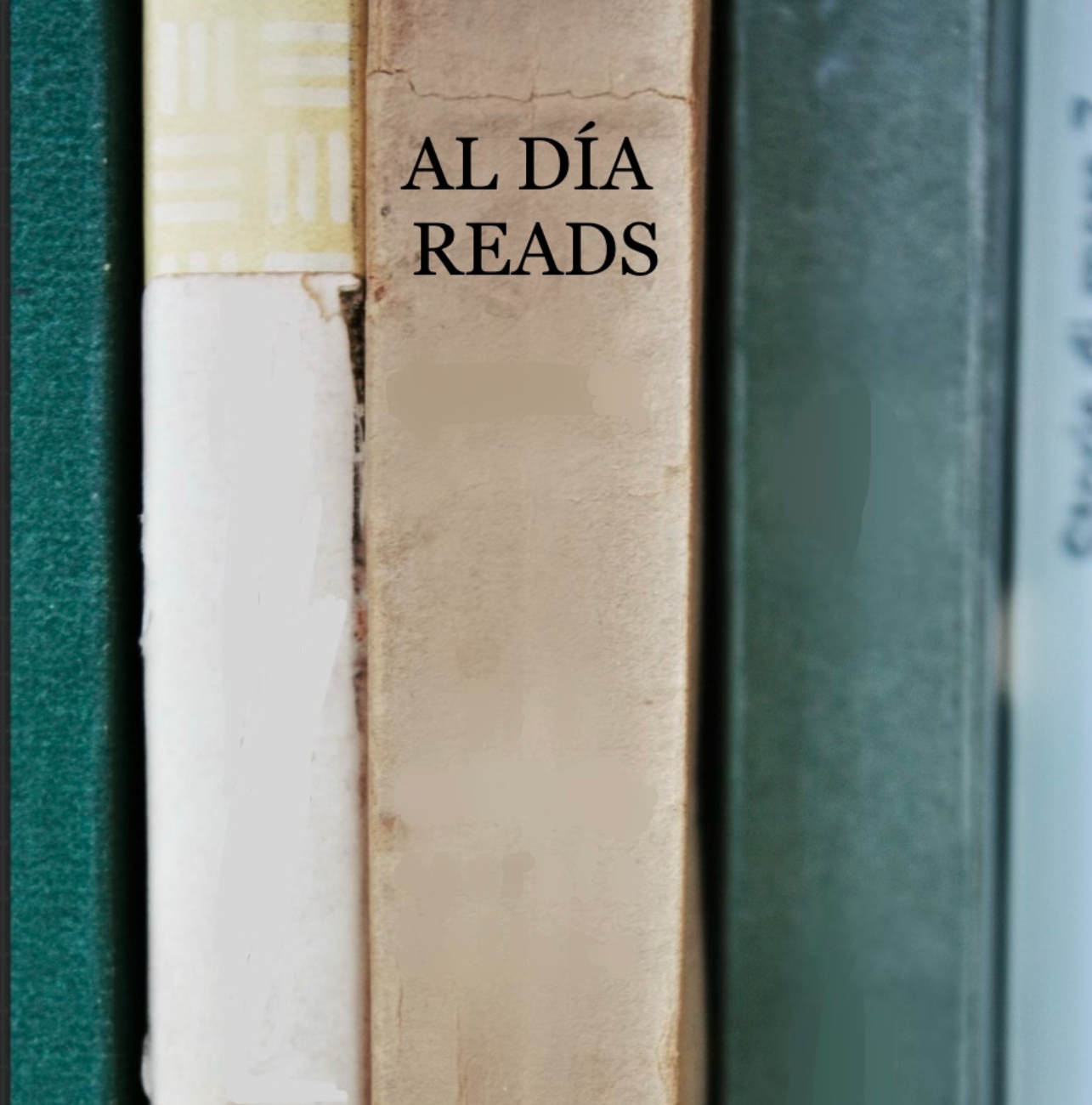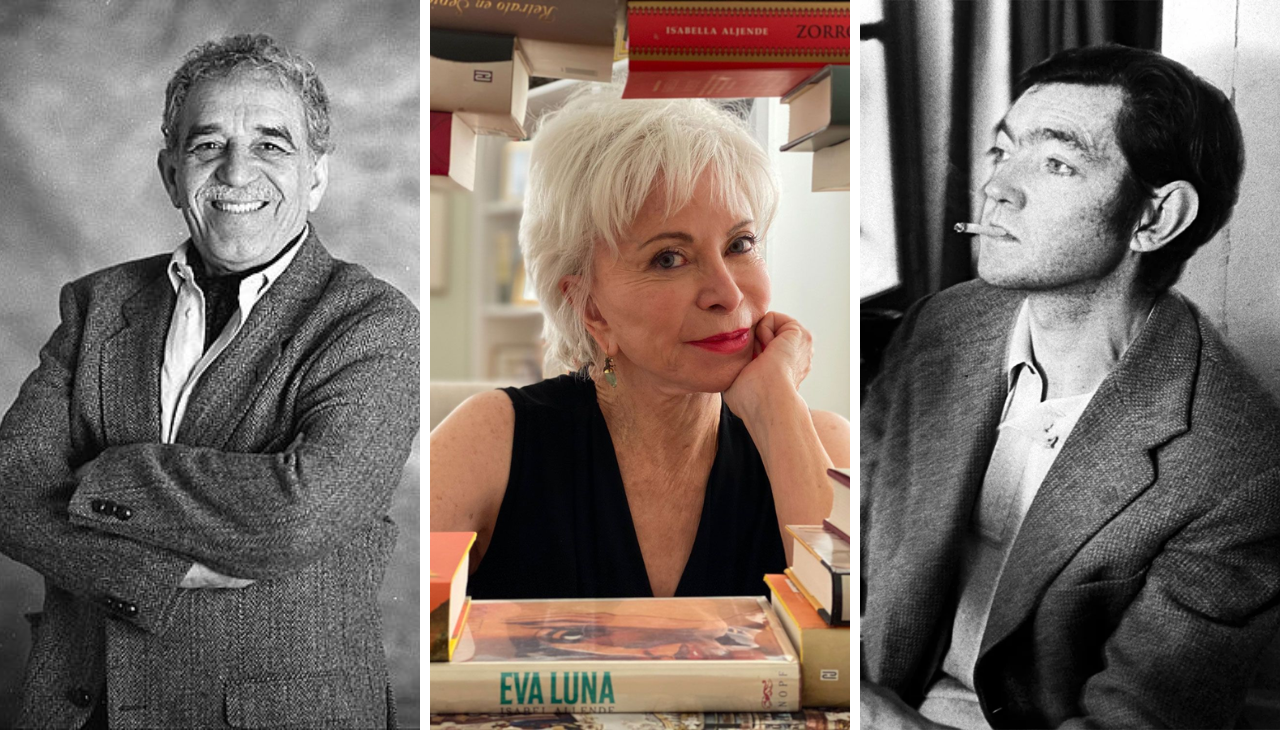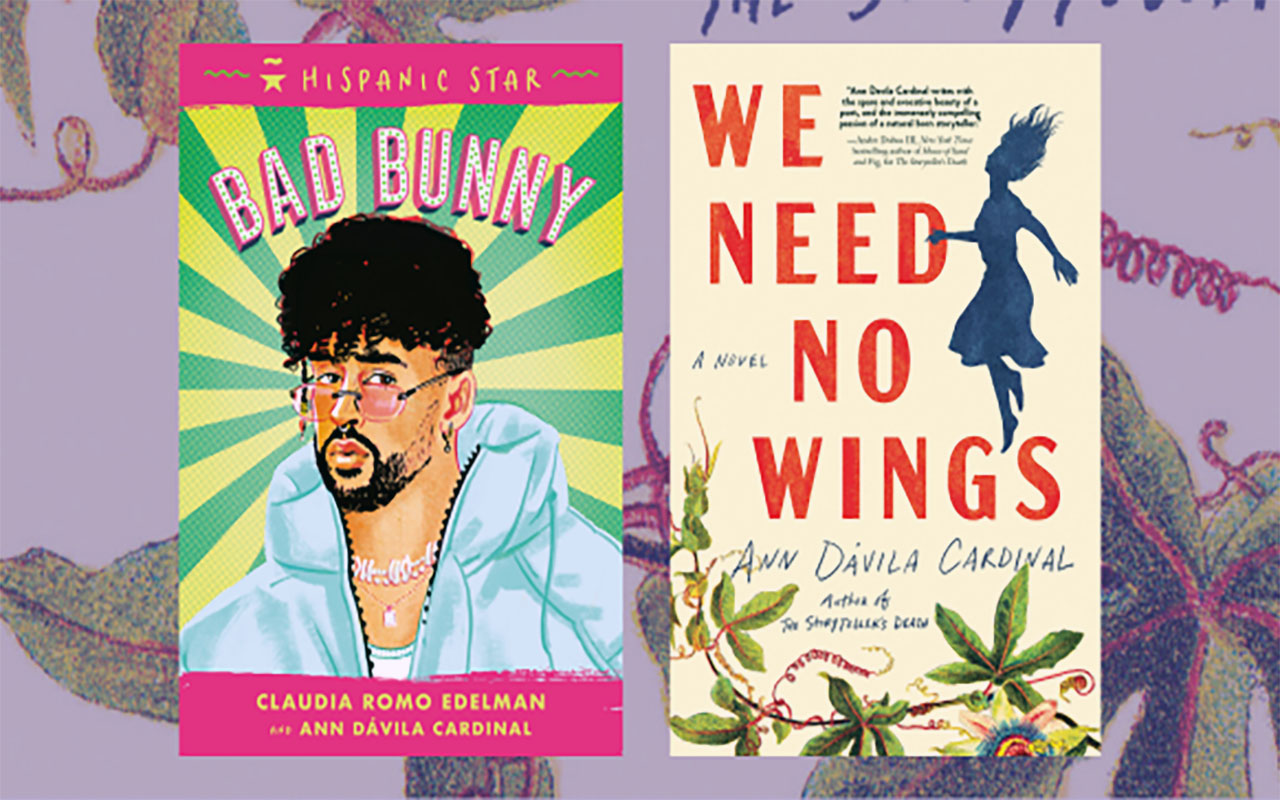
5 children's books by Afro-Latino authors that your children should read
Authors such as Junot Díaz or Lupita Nyong'o teach the young generations to be proud of their roots. Can children's literature help create a better world?
Children's stories are not only useful to make people dream, but they are also a child's approach to certain dilemmas in life in a fantastic and moralizing way. They can both cement certain roles, such as the classic stories about male princes saving princesses - a hackneyed idea of a genre, isn't it? - and, properly updated, open a window to diversity, respect for others, themselves, and teach children to know and take pride in their roots.
Afro-Latin writers, aware that their childhood was not easy and that literature has the potential to improve the world, have dedicated themselves to writing some of the most beautiful children's stories with characters like them.
Here are some small pearls of creativity and empathy...
When the teacher asks the class to draw the place from which their families emigrated, Lola becomes very sad because she is unable to remember the island from which she left as a baby. But through the stories her parents and friends tell her, some fantastic, others tough, the girl makes a journey back to her roots through imagination. In the process, she understands what her grandmother once told her: "Just because you don't remember a place doesn't mean it's not in you."
Writer Junot Díaz's lyrical and surprising foray into children's literature explores the power of imagination and memory to rebuild and take pride in one's roots, and connect with the past and with ourselves.

Sulwe's skin is the color of the early morning and darker than any member of her family. She wants to look like her mother and sister until a journey through the night sky next to a shooting star makes her discover where true beauty lies... "The dark and beautiful, bright and strong," she says.
A moving story about colorism and self-esteem written by Kenyan-Mexican actress Lupita Nyong'o is a tribute to her mother, who "has been a light in my life and always repeated to me that beauty comes from within, even though the weight of colorism is hard to ignore."

RELATED CONTENT
"If you comb it straight and pull it tight/ I'm afraid my hair can't sing," says Sadie in one of the 16 poems that comprise this book that are often recited and danced to.
She is 8 years old, wants to be a writer and lives with her family of Dominican origin - just like the author - in Harlem. Her verses are a banner of multiculturalism sprinkled with reflections to make children think.
"I'm a hip-hop song that makes you wiggle. I'm a sneaky nighttime laugh.
"Down by the river, Down by the sea, Johnny breaks a bottle An' he say is me. I tell Ma, Ma tell Pa, Johnny gets a licking, An' a ha! ha! Ha!." I tell Ma, Ma tell Pa, Johnny gets a licking, and…” Although its title is the same as a legendary Neil Young song, this book is a fun compilation of Afro-Caribbean rhymes, songs, and games by Trinidadian author Grace Hallworth, who worked as a librarian in England and introduced children's storytelling into kid's education in public libraries.
Since its publication in 1996, it continues to be considered one of the best books to explore popular culture and childhood games in the Caribbean with African roots

A Honduran Afro-Latino, Sulma Arzu-Brown calls herself "Garifuna" and wrote this book, she says, after her daughter's nanny commented that the little girl had "bad hair" and wanted to straighten it. It's a stigmatizing comment often faced by Afro-Latinos and the author tries to put an end to this bilingual story by encouraging young black and Afro-Latino girls to see themselves and their hair as something beautiful.











LEAVE A COMMENT:
Join the discussion! Leave a comment.